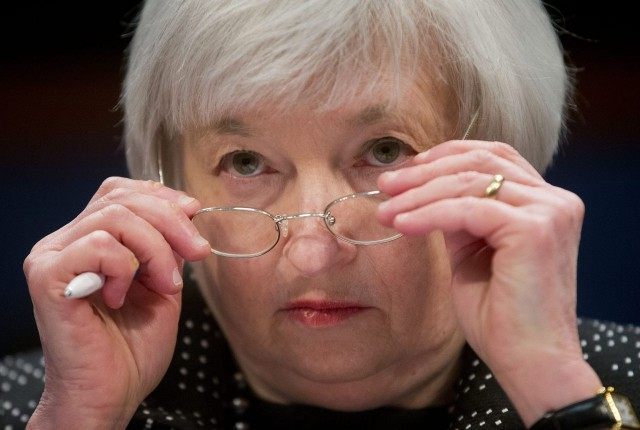Weak August employment growth of just 151,000 in total non-farm payrolls, along with a 1,000-job downward revision for July, may allow the U.S. Federal Reserve to delay raising interest rates despite inflation concerns.
The official unemployment rate remained at 4.9 percent in August, according to the U.S. Commerce Department’s Bureau of Labor Statistics report released on September 2.
Employment continued to trend up, led by low-paying, service-providing industries. That explains why hourly earnings rose by just 0.1 percent, missing an expected 0.2 percent increase, and down sharply from last month’s 0.3 percent leap.
After unemployment peaked at 10 percent in October 2009, the economy has shown the worst job recovery since the Great Depression in the 1930s.
There was some better news regarding the unemployment rate for the civilian population for those workers unemployed for 27 weeks or more. That rate hit an all-time-peak in April 2010 at 4.4 percent. The rate has now fallen to 1.3 percent, though that was still up from 1.2 percent in July.
Perhaps the most depressing statistic was the labor force participation rate, which is stalled at 62.8 percent. The rate peaked at 67.4 percent in 1995, just after President Bill Clinton signed the North American Free Trade Agreement. The rate of decline accelerated after President Clinton negotiated the Most Favored Nation status for China in 1999.
Some of the labor force participation rate decline is related to the Baby Boomers hitting retirement age. The oldest Boomers were eligible for early retirement when the Great Recession began, and the transition of the Boomer cohort to full retirement age will peak in about 2222. It will not end until 2030.
However, those over 65 are the fastest-growing demographic for employment. Young people are suffering most from limited job demand.
The broadest statistic for unemployment is known as the “U-6,” which includes those workers who have given up looking for work. That statistic peaked in November 2009 at a record post-Great Depression high of 17.1 percent, but fell back to a recovery low of 9.7 percent in July. It was up to 9.8 percent in August.
Federal Reserve Chairwoman Janet Yellen has stated that the central bank would not raise interest rates unless employment accelerated. Her colleague Stanley Fischer on August 29 argued at the annual Jackson Hole policy retreat that the U.S. economy is nearing full employment and had “withstood” the rise in the exchange rate of the U.S. dollar.
With the Federal Reserve governors expressing their opinions at Jackson Hole that an interest rate hike is near, the only question has been whether the increase would come this month or as late as December. Today’s muted employment release could delay the rate hike.
The Fed’s rate-setting Federal Open Market Committee meets on September 20-21, again just before the U.S. presidential election on November 1-2, and will finishits 2016 schedule with another two-day meeting on December 13-14.

COMMENTS
Please let us know if you're having issues with commenting.